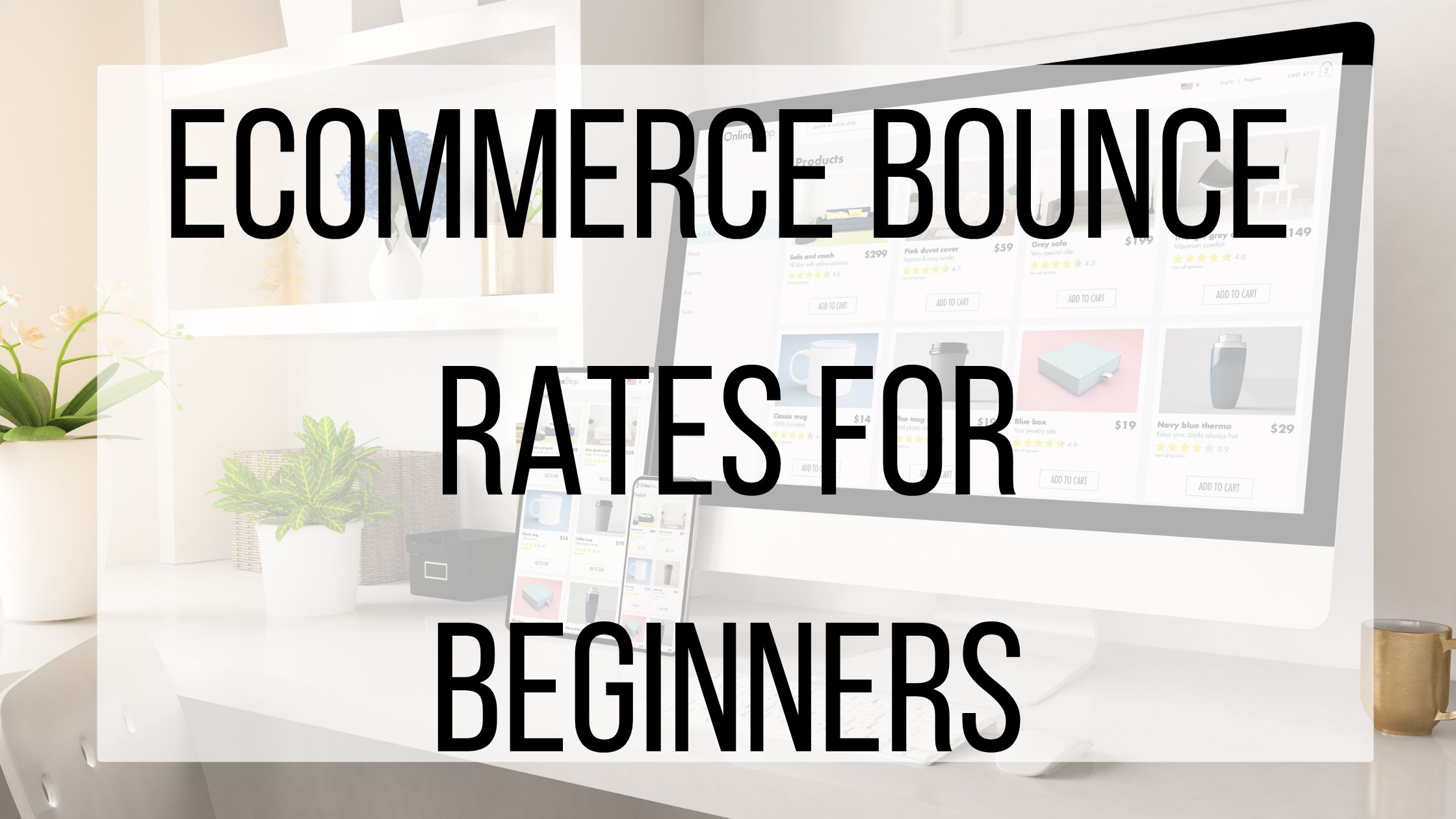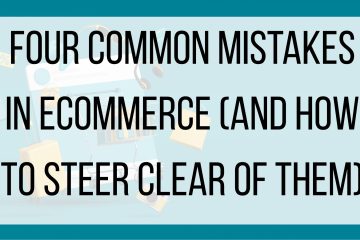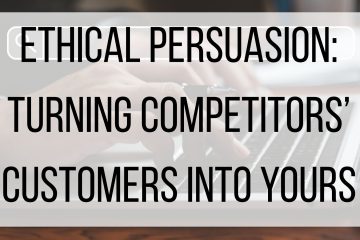Ecommerce Bounce Rates For Beginners
 One of the main goals of any website is for customers to make a purchase while visiting the site. While not every customer is going to make a purchase each time they visit, it is important to keep an eye on how long customers stay on your site, how many make a purchase, and how many leave after only visiting one page. One of the most important analytics you can track is your website’s bounce rate.
One of the main goals of any website is for customers to make a purchase while visiting the site. While not every customer is going to make a purchase each time they visit, it is important to keep an eye on how long customers stay on your site, how many make a purchase, and how many leave after only visiting one page. One of the most important analytics you can track is your website’s bounce rate.
What Is A Bounce Rate?
A bounce rate is the percentage of customers that visit your website and leave having only visited one page. Your bounce rate is determined by the number of “bounced” visitors divided by the total number of visitors. You can look at any time frame you’d like- daily, weekly, monthly, etc. It is helpful to keep track of bounce rates for different time frames to see if they vary- maybe you had a higher bounce rate in January, and a low bounce rate in May. Keeping an eye on these patterns can help you determine why your bounce rate was higher, and what you can do to lower it.
How To Reduce Bounce Rates:
The first step in reducing your bounce rate is to find what your average bounce rate is. Spend a set amount of time tracking it. If you already have a low average bounce rate, there might not be much that you need to do. If your average bounce rate is higher than you’d like, having a starting point will help you reach your goals. Create realistic expectations for lowering your bounce rate. It is not going to magically decrease overnight, so setting milestones that you can achieve will help you reach your end goal.
Your next step is to prioritize your user experience. Few people have the patience to click through your website, attempting to find what they are looking for. Make sure that your visitors have the best experience possible. Is your text easy to read? Do you have quick loading times? Is it simple to navigate your website to find what you are looking for? Anything that makes it difficult or inconvenient for your visitors can contribute to a higher bounce rate.
Take a look at the content on your web pages. You want everything to be as clear as possible. Is your page pleasant to look at? How is your phrasing? Do you have high-quality images or videos that reflect the quality of the product? If customers follow a link to a page, make sure that they have all of the answers they are looking for on that page. Keep your product descriptions concise, and highlight the best features of your product. Make sure that your tone matches your overall brand image, and is one that your audience will respond to. Try testing out different phrasing- some audiences prefer a more formal tone, while others prefer a casual or silly tone. There is no wrong way to write content, as long as it is what your audience is looking for!
Make sure that you include a Call-To-Action on your web pages. Your CTA can be just about anything that encourages your visitor to take action. Checking out another product, signing up for your email list, reading your blog, following you on social media, or making a purchase are all great CTA’s. The goal is to encourage your visitor to continue engaging with you, and eventually make a purchase. You want your CTA to be visible and visually appealing without being too aggressive. Test out different CTA’s and placements on each page to see which one helps you lower your bounce rate.
At the end of the day, lowering your bounce rate is all about learning what your customers are looking for. Some customers are still going to leave without visiting another page, no matter how great your website is, but that doesn’t mean that they won’t be back. Even small changes can make a big impact on how long your visitors stay on your website. Keep your website updated and track what customers are responding to, and you’ll lower your bounce rate in no time!



1 Comment
spanish dictionary · September 25, 2023 at 4:28 am
Wow, can I say that this is another great article as expected of this blog. Bookmarked this page..